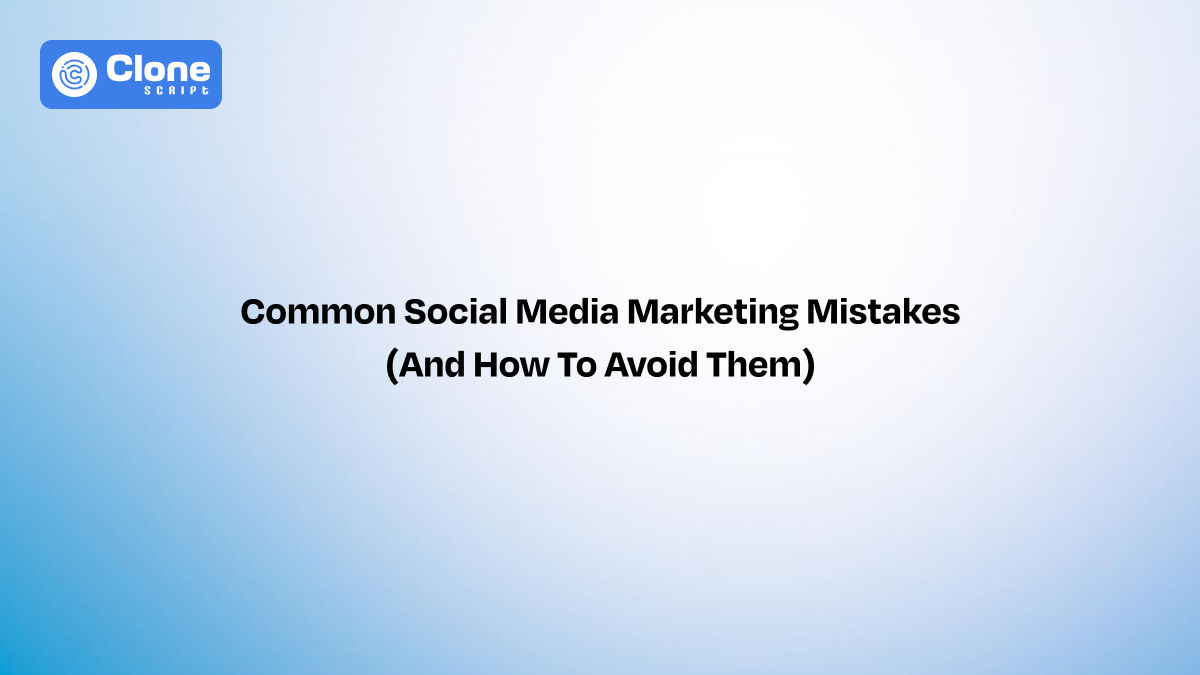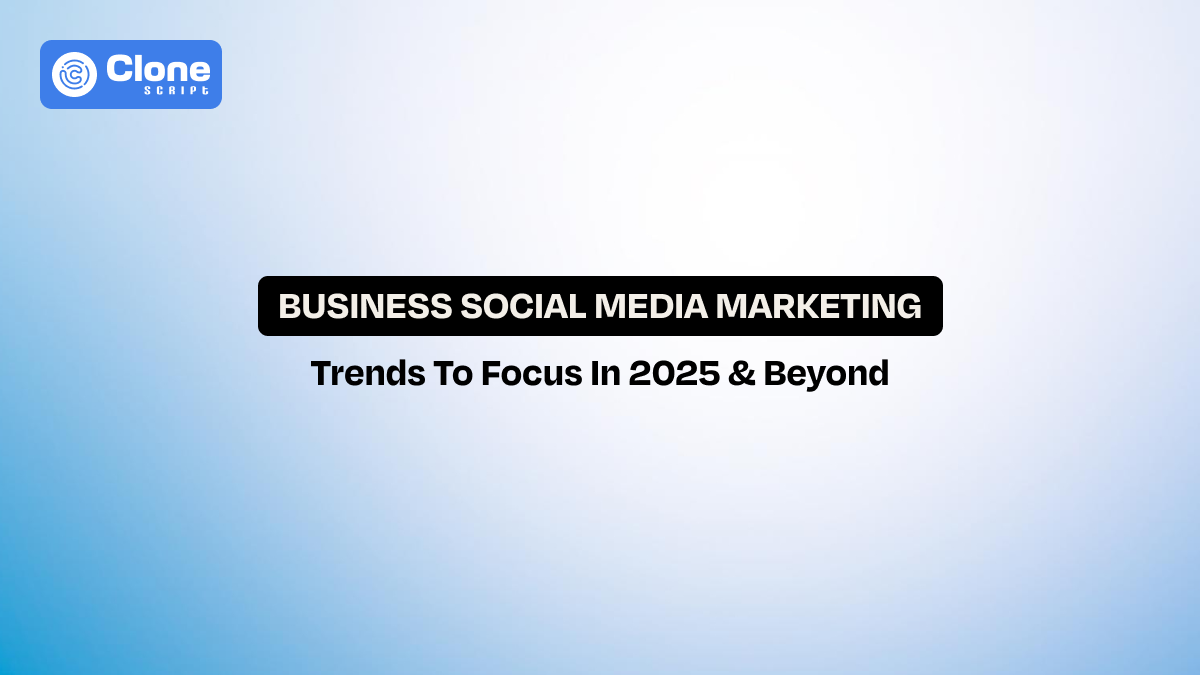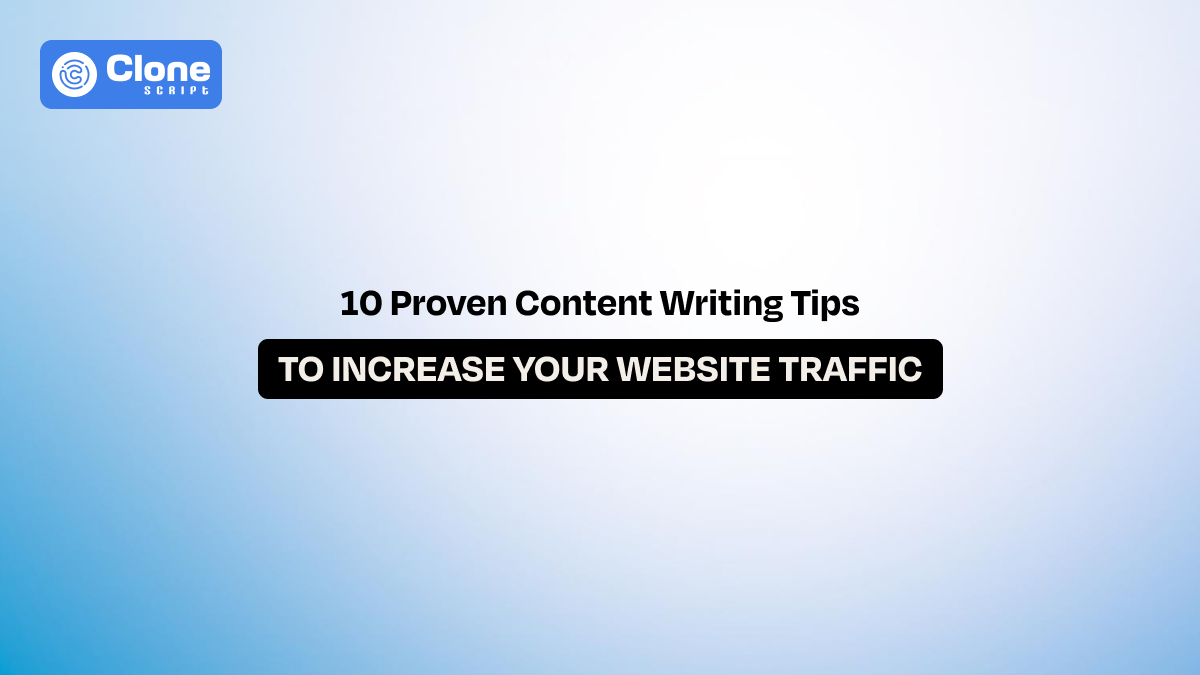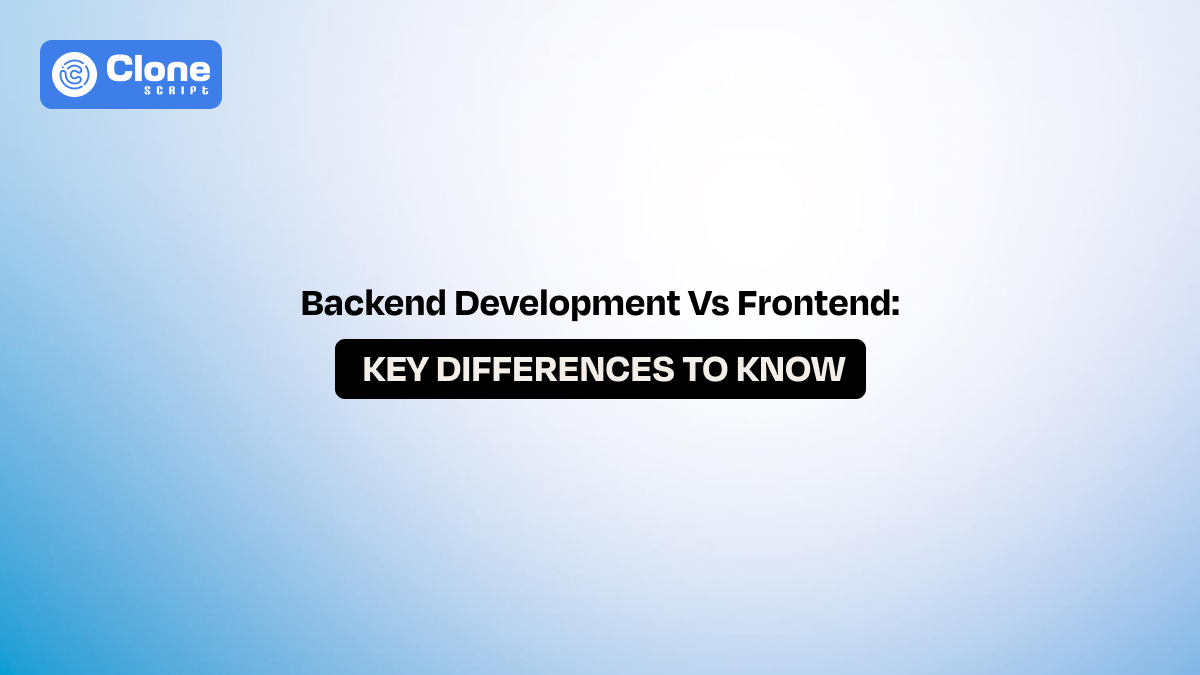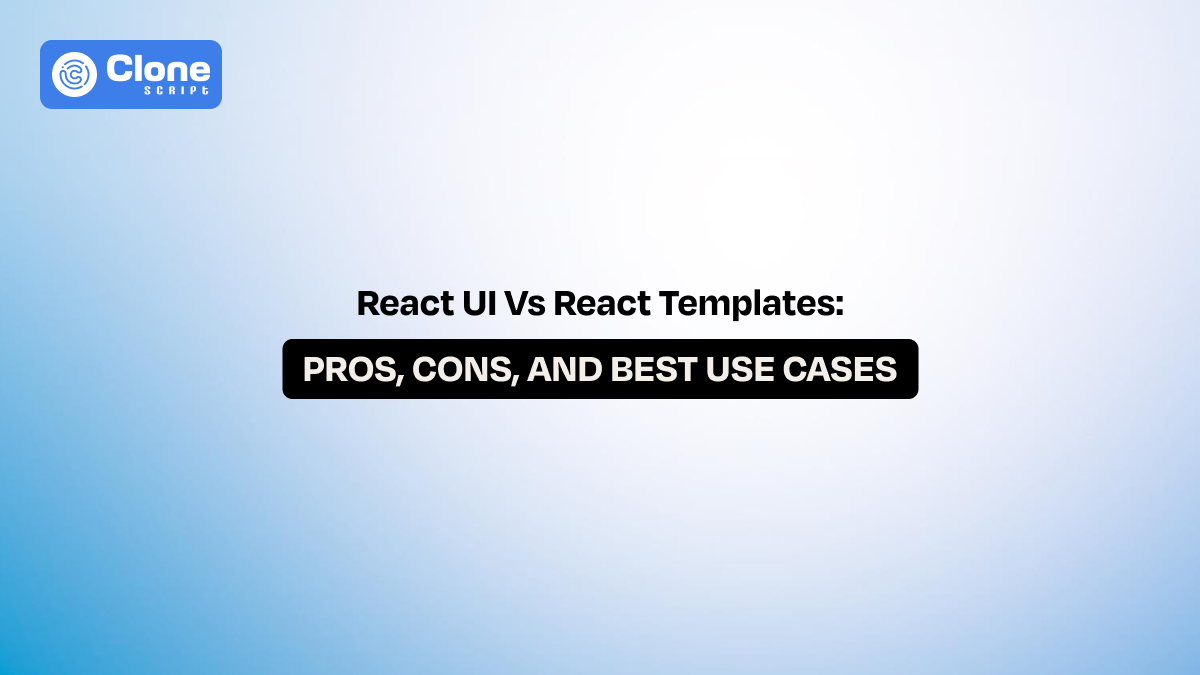8 Common Social Media Marketing Mistakes (and How to Avoid Them)
Apart from Search Engine Optimization, businesses are now investing in social media marketing. The reason is clear: introduce the brand to new users, convert them into loyal advocates, and make a notable presence. But with that, common social media marketing mistakes can ruin the hard-earned reputation.
Too often, businesses blame poor ROI on “the algorithm” when the real problem lies in avoidable social media mistakes. From weak strategies to over-promotion, from ignoring analytics to treating all platforms the same, these errors cost brands both money and trust.
The happy news? By understanding these pitfalls and how to sidestep them, you can transform your social presence into a reliable growth engine.
In this guide, we’ll explore the most common social media marketing mistakes marketers make and, more importantly, how to avoid them.
1. Without a Clear Strategy: Posting Ad Hoc Burns Your Reputation.
Many marketers believe showing up is half the battle. While consistency matters, posting without a proper planned social media strategy is like driving without a map. You might move, but you won’t get anywhere meaningful.
For example, a startup posts random memes, product photos, and inspirational quotes without linking them to business goals. Engagement is scattered, and followers don’t understand the brand’s identity.
Why is this a problem?
Without direction, your social feed lacks cohesion. Instead of encouraging your brand’s message, it confuses your audience.
How to avoid this mistake:
-
Create a content calendar tied to business goals. Make a monthly, quarterly, or six-month plan according to events, festivals, and other related moments.
-
Define key objectives (e.g., generate leads, build awareness, improve retention). From there, you can make a better decision on what kind of content generates ROI.
-
Align every post with a purpose. Don’t waste time on random reels and videos. Include a message in every post and drive conversions.
Pro tip: Treat your social media strategy like a funnel. Awareness content pulls people in, engagement content keeps them hooked, and conversion-driven posts move them toward action. For that accomplishment, setting up a business social media account is important.
2. Ignoring Your Target Audience is a Red Flag.
Businesses sometimes create content they like instead of content their audience needs. This is one of the most damaging mistakes for social media engagement.
Keep understanding: users only consume the content as they feel it’s made for their use, whether it’s a fun way or a useful method. If business overly promote their product or services, regardless of neglecting what the audience actually needs, they are not able to generate ROI. This downs the performance and creates chances for brand liquidity.
Let’s take an example.
A B2B SaaS agency brand posts motivational quotes daily because they’re “easy to produce.” Their target audience, IT managers, doesn’t engage because they’re looking for solutions, not inspiration.
Why is this a problem?
If your audience feels your brand doesn’t “get them,” they’ll disengage or turn to competitors. It’s simple to be acknowledged, and once the audience leaves you, they never turn back to you.
How to avoid this mistake:
-
Develop audience personas with real data. Collect data regarding their likes, dislikes, demographics, preferences, etc.
-
Conduct surveys or polls to learn what followers want. Creating polls on LinkedIn, asking questions on Reddit, or going live on Instagram will be a more effective way.
-
Use analytics tools to identify which content drives the most engagement. Most of the famous social media platforms have built-in analytics. Preferably, a free analytical tool like Google Analytics provides data on where your users come from or what kind of actions they take.
Pro tip: Don’t just “talk at” your audience. Listen actively through comments, forums, and groups. Social listening uncovers conversations you might miss.
3. Over-Promotion & Spamming Indicating Your Brand Doesn’t Have Value.
We know getting an audience's attention on social media is a tough task, especially with an organic marketing approach. So, investing in paid social media ads is non-negotiable. But always relying on it creates doubt in the minds of users. In other words, being too promotional makes sense your business only a sales machine, not useful for customers.
In accordance with the fact that spamming on the business social media account clearly states you’re not genuine, even if your products and services are of high quality.
One of the most notorious social media marketing mistakes is over-promoting on social media. Yes, your brand needs visibility, but audiences don’t log in to see ads 24/7.
Let’s take an example.
A fashion brand posts nothing related to caring for the clothes in the monsoon to retain its quality and other important things, but product images with “Buy Now” CTAs. Followers quickly tire of the sales-heavy tone and stop engaging.
Why is this a problem?
People want stories that feel personal and useful; they are not interested in sales pitches anymore. Too much self-promotion feels spammy and erodes trust.
How to avoid this mistake:
-
Follow the 80/20 rule: 80% valuable/entertaining content, 20% promotional. For example, in a 30-second Instagram reel, keep 24 seconds in storytelling and allocate the remaining 6 seconds with a CTA like “Buy Now” or “Contact Now.”
-
Share customer stories, behind-the-scenes moments, and educational tips. People love to watch what previous customers think about the brand because it’s actually believable. Also, the BTS videos, along with the information, keep users engaged.
-
Position your brand as a thought leader, not a billboard. Try to create a Unique Value Proposition to differentiate your brand from others, and customers feel they get something helpful.
Pro tip: Instead of “Buy our product,” show how it solves a problem. Make the audience the hero of your story.
4. Posting Too Much or Inconsistent Frequency: Doubting Business.
Content posting on social media is not as easy as chewing the gum and hitting the schedule button. Proper scheduling is a strategic way to grab audience attention and, most importantly, influence them to consider your brand’s product and service for purchase.
Over-posting and disappearing for weeks are both extreme mistakes in content scheduling strategy. Customers hate to see the same posts daily once they open Instagram or TikTok. Also, not posting at the right frequency (such as within 48 hours) creates doubt. This results in them clicking on the unfollow button and never visiting your brand again.
Now, see the example.
A small bakery located in Bangalore posts 10 times a day during a product launch in different ways, like reels, BTS videos, and then vanishes for two months. Then, audience burnout followed by forgetfulness.
Why this is a problem:
Social media platforms' algorithms reward consistency. Irregular posting leads to poor reach, while excessive posting clogs feeds and triggers unfollows.
How to avoid this mistake:
-
Use analytics to determine the best times to post. If you find posting a funny reel on Wednesday at 7.00 PM sounds good, so prioritize it for Monday morning.
-
Stick to a realistic, sustainable posting schedule. Don’t be too promotional by uploading posts daily. Keep a 48-hour timeline to create a new content post and then schedule it.
-
Use tools like Buffer or Hootsuite to automate without sacrificing quality. Social media content scheduling tools make your task easier to manage posting on these platforms.
Pro tip: Quality always trumps quantity. A well-crafted post that resonates is better than five rushed posts that get ignored.
5. Not Engaging or Responding to Comments Seems Unprofessional.
One of the worst social media mistakes to avoid is treating your feed as a one-way broadcast. Social platforms are designed for dialogue. Ignoring comments, mentions, or messages makes your brand appear cold and unapproachable.
Getting a customer’s recommendation for a brand is goodwill for the business, especially for a brand that has just started and wants to compete with giant brands.
With an example, you can better understand this mistake.
A restaurant located in the heart of the city receives multiple Instagram comments asking about menu updates, but never replies or reacts to the emojis. Customers feel unheard and move on to other local restaurants.
Why is this a problem?
Engagement builds community, and community creates an unmatched brand reputation that can’t be bought even by spending thousands of dollars. The lack of response from businesses signals to users that the brand is not interested.
How to avoid this mistake:
-
Dedicate a team member to community management. Once the comment or review has been posted by a user, the system immediately sends the relevant answer in a human way.
-
Respond to all queries within 24 hours. Some users prefer to leave the testimonial on the social platforms in their free time. So, opening the business social media account the next morning, try to answer it.
-
Personalize replies to show authenticity. Try to answer the users by their first name and interests. This creates an unparalleled positive effect on their minds and keeps them engaged with the brand.
Pro tip: Even a simple “Thank you for your feedback!” on getting an enjoyable experience at a restaurant can make customers feel valued and strengthen loyalty.
6. Using One-Size-Fits-All Content Across Platforms Sounds Childish.
Every social media platform has its own culture, content format, and user expectations. Treating them all the same is a classic marketing mistake that new marketers make. They think a LinkedIn post will be a great fit for YouTube and Facebook. But in reality, they slowly burn down the business reputation.
From this kind of mistake, expecting thousands of likes and shares from users seems to be unrealistic and does not generate the desired results.
Why is this a problem?
What works on TikTok might not work on LinkedIn. Uniform content feels lazy and irrelevant. As mentioned before, every platform is designed to bring the USP, and the business has to align with it.
How to avoid this mistake:
-
Customize posts for each platform. For new product launching, an X post has to be in a combination of texts and visuals (images and videos). For Instagram and TikTok, a reel video format is suitable.
-
Optimize image sizes, caption lengths, and tone per channel. This will maintain consistency across the platforms and drive the conversions.
-
Use platform-specific features (e.g., Reels, LinkedIn articles, Twitter polls). From there, you can create a unique brand presence without spending a dollar on ads.
Pro tip: Repurpose, don’t recycle. Adapt one strong content idea into multiple platform-native formats.
7. Buying Fake Followers is a New Spammy Tactic for Rapid Presence.
Buying followers might give your profile a short-term boost, but it’s one of the most destructive social media marketing errors small businesses make. This will question your brand reputation and create the chances of a permanent account ban when users report that you’re doing spam.
A new brand buys 10,000 followers overnight from a scammer, guaranteeing the most promising presence. This results in engagement drops because most followers are bots, making the brand look suspicious.
Why is this a problem?
Fake followers don’t engage, buy, or share content. Worse, they damage trust when real users notice inflated numbers.
How to avoid this mistake:
-
Focus on organic growth through authentic engagement. Follow the best practices recommended by industry leaders and analyze the competitor social media profiles to get ideas on content creation.
-
Run targeted ad campaigns to attract your ideal audience. Meta ads covering Instagram, Facebook, Messenger, and WhatsApp platforms. For other platforms, manage the ads properly with built-in tools.
-
Partner with influencers who align with your brand. UGC content creators and other video collaborators are helping businesses to reach potential audiences and convert them into customers.
Pro tip: A smaller, engaged community is more valuable than a large but inactive one. It can bring revenue along with brand loyalty.
8. Neglecting Analytics & Performance Tracking
If you’re not analyzing results, you’re making blind decisions. Ignoring analytics in social media marketing is like driving with your eyes closed. This is a very unoptimized way to generate the results and makes the business successful compared to competitors.
Let’s understand the example.
A brand continues posting long-form blogs on Facebook even though analytics show short videos perform far better.
Why is this a problem?
Without data, you waste resources on ineffective strategies. It results in a weaker brand voice, zero revenue despite having the best quality products and services.
How to avoid this mistake:
-
Monitor KPIs like reach, impressions, engagement, CTR, and conversions. If find the impressions are very high on the reels, but the watch time is around 0.5% then change the way of creating the content in a more engaging way.
-
Test different formats, then double down on what works. In Instagram, carousel posts seem to be very generic, but on LinkedIn, it sounds preferable to read on.
-
Adjust your strategy quarterly based on insights. For the first three months, if reels are being more popular due to the festive seasons, and the next quarter text posts are getting attention, then create a strategy according to that. Keep focus on the social media marketing trends for business.
Pro tip: Analytics aren’t just numbers. They’re stories. Learn what your audience is telling you through their behavior. Create a social media marketing strategy for the business according to its needs.
How All Clone Scripts’ Social Media Marketing Service Can Help?
Avoiding these mistakes takes time, expertise, and structured planning — things many businesses struggle with. All Clone Scripts’ social media marketing service helps brands by providing:
-
Data-driven strategies – Every campaign is built on research and analytics, not guesswork.
-
Customized campaigns – Tailored content and approaches designed for your unique audience and goals.
-
Audience-focused storytelling – Engaging narratives that connect with followers and strengthen brand trust.
-
Consistent scheduling – A structured content plan that avoids both over-posting and long silences.
-
Performance tracking & optimization – Regular analytics to measure results and adjust strategies for growth.
-
Enhanced engagement – Active management of interactions to boost relationships and customer loyalty.
With this approach, businesses can avoid the most common social media mistakes while focusing on measurable, long-term success.
Get Social Media Marketing Services
Conclusion
Social media can be a brand’s biggest asset or its weakest link. The difference lies in execution. By avoiding these common social media marketing mistakes, businesses and marketers can shift from chasing vanity metrics to building meaningful engagement, trust, and conversions. The goal isn’t perfection, but intentionality: posting with a purpose, listening to your audience, avoiding over-promotion, and tracking performance relentlessly.
In today’s digital-first world, the businesses that win on social media aren’t the loudest — they’re the most strategic. With the right approach, you can avoid wasted time, money, and effort, and instead build a presence that drives real business results.
Are you ready to rethink your strategy and stop repeating the same social media mistakes? Do it now with the solutions mentioned here.
FAQs
-
What are the most common social media marketing mistakes?
The most common mistakes include posting without a clear strategy, ignoring your target audience, over-promoting, inconsistent posting, not engaging with followers, buying fake followers, and neglecting analytics.
-
How can businesses avoid social media marketing errors?
Businesses can avoid errors by building a solid social media strategy, posting consistently, tailoring content for each platform, tracking analytics, and focusing on genuine audience engagement.
-
Why is over-promoting on social media harmful?
Over-promoting turns followers away because they don’t want constant sales pitches. Mixing value-driven content with limited promotion keeps audiences engaged.
-
What happens if you buy fake followers?
Buying fake followers lowers engagement, hurts credibility, and can even trigger penalties from social platforms. Real followers are far more valuable.
-
How often should businesses post on social media?
Brands should post consistently, but not excessively, usually within 48 hours of the first post. The right frequency depends on the platform, but balance and quality matter more than quantity.
-
Why is tracking analytics important in social media marketing?
Analytics show what’s working and what isn’t. Without tracking performance, businesses waste time and money on ineffective strategies.
-
What is the best way to improve social media engagement?
The best way is to interact directly with followers — reply to comments, ask questions, run polls, and share content that invites conversation.
 BTC - Bitcoin
BTC - Bitcoin
 USDTERC20 - USDT ERC20
USDTERC20 - USDT ERC20
 ETH - Ethereum
ETH - Ethereum
 BNB - Binance
BNB - Binance
 BCH - Bitcoin Cash
BCH - Bitcoin Cash
 DOGE - Dogecoin
DOGE - Dogecoin
 TRX - TRON
TRX - TRON
 USDTTRC20 - USD TRC20
USDTTRC20 - USD TRC20
 LTC - LiteCoin
LTC - LiteCoin

